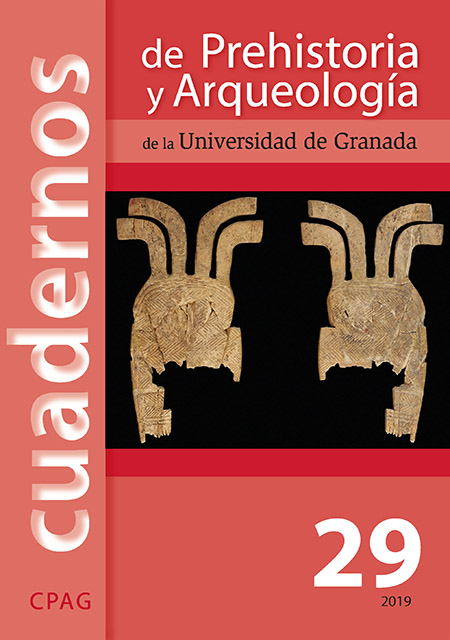APPROXIMATION TO THE ICONOGRAPHIC PROGRAM AND THE FUNCTION OF THE TEMPLES OF MILLIONS OF YEARS: THE CASE STUDY OF THE HENEKET-ANKH OF TUTMOSIS III (LUXOR, EGYPT)
Main Article Content
Abstract
The Temples of Millions of Years, a type of cult building that had its heyday during the New Egyptian Kingdom, were destined to the cult of the sovereign king and the God that it welcomed, fundamentally Amun-Ra. They embodied the symbiosis between the king and the divinity and the eternal regeneration of royal power. In this sense, although their architecture and decorative program could to a certain extent be similar to that of other temples more properly “divine”, they had to manifest a series of patterns that will reflect the different functions that these temples encompassed and that made them therefore unique. The Heneket-Ankh of Tutmosis III located on the west bank of Thebes, is one of those Temples of Millions of Years. Its decoration has recently been studied and allows us to contribute to the knowledge we have of this type of temple and its decorative and symbolic program.



